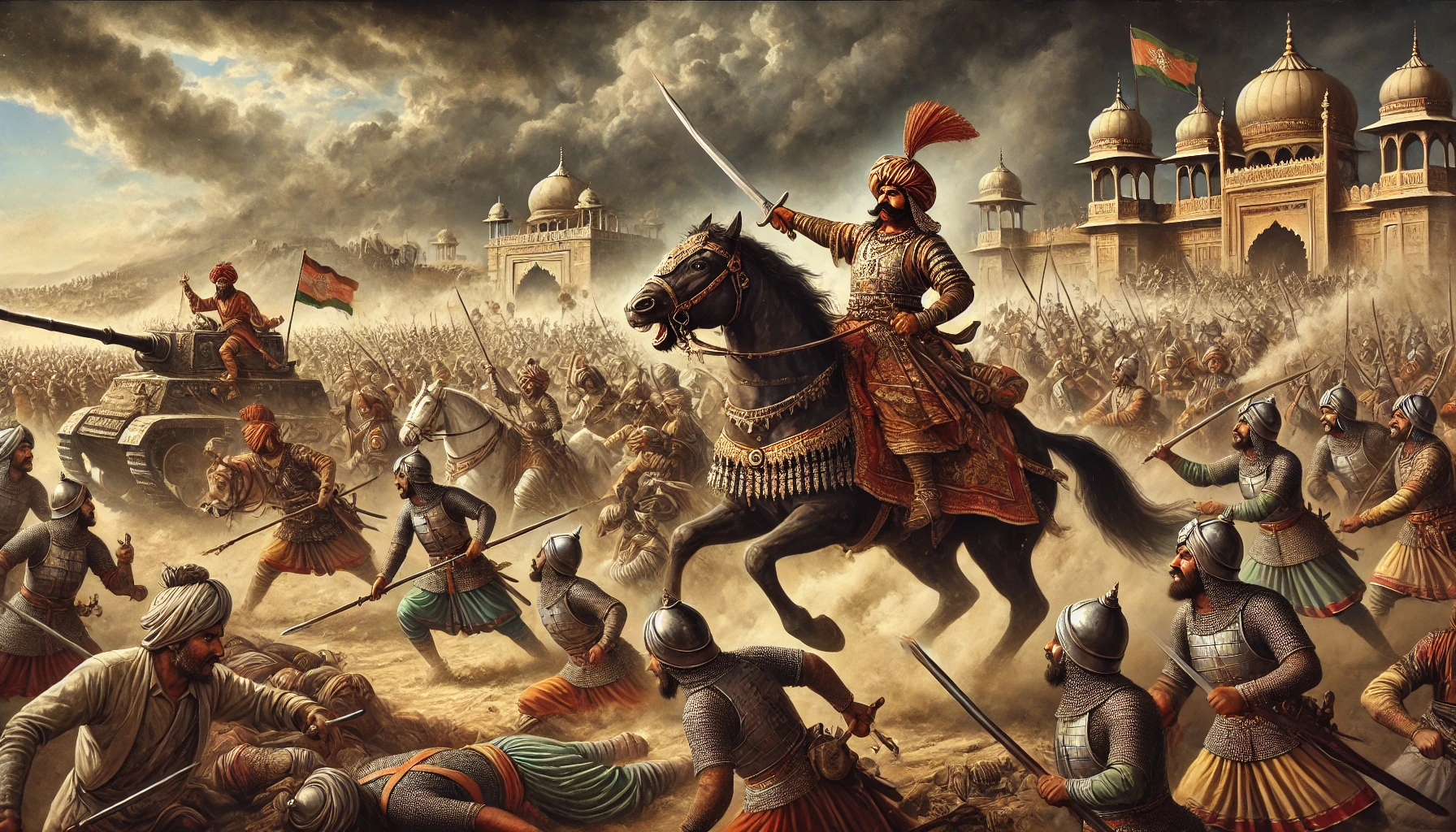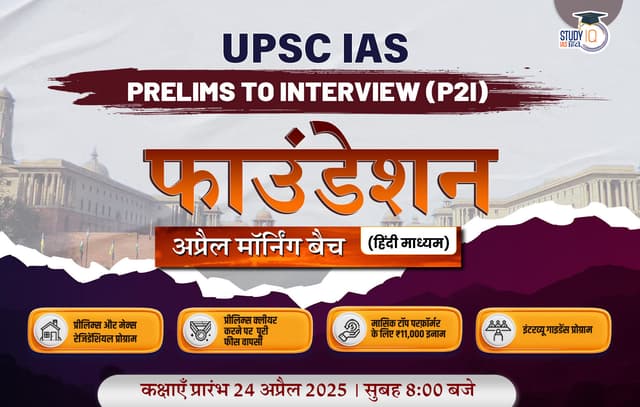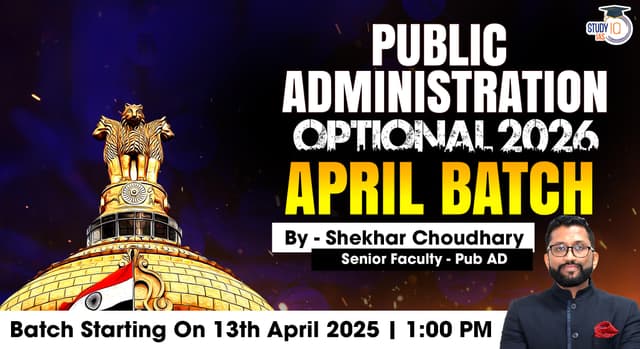Table of Contents
Rana Sanga, the valiant Rajput king of Mewar, is one of the most celebrated warriors in Indian history. He fiercely resisted the expansion of the Delhi Sultanate and later, the Mughals. However, a long-standing debate exists regarding whether Rana Sanga invited Babur to invade India. While some sources suggest he sent messages to Babur, modern historians argue that this claim is exaggerated or misinterpreted.
Who Was Rana Sanga?
Rana Sanga, born as Maharana Sangram Singh in 1482, was a prominent Rajput ruler of Mewar, renowned for his valor and leadership during the early 16th century. He ascended the throne in 1509 and dedicated his reign to consolidating Rajput power in northern India. Under his leadership, Mewar witnessed significant military campaigns, expanding its influence across regions like Malwa, Gujarat, and Rajasthan.
| Full Name | Maharana Sangram Singh (Rana Sanga) |
|---|---|
| Born | 1482 CE, Chittor, Mewar |
| Dynasty | Sisodia Rajput |
| Major Battles | Against Ibrahim Lodi and Babur |
| Famous War | Battle of Khanwa (1527) |
| Legacy | Rajput hero, symbol of resistance against Mughals |
The Claim: Did Rana Sanga Invite Babur?
There is a popular theory that Rana Sanga invited Babur to attack Delhi in 1526 to defeat the Lodi ruler, Ibrahim Lodi. This claim arises from Babur’s autobiography, Baburnama, where he states that Sanga, along with other Afghan leaders, had sent messages expressing their opposition to Ibrahim Lodi.
Evidence For the Claim
- Babur’s Account (Baburnama): Babur writes that some Indian rulers, including Rana Sanga, were discontent with Ibrahim Lodi and had promised to support Babur against him.
- Strategic Interests: Sanga was already at war with Ibrahim Lodi and might have hoped Babur would defeat Lodi and leave India, allowing Rajputs to take control.
Evidence Against the Claim
- Historians’ Views: Many historians believe that Sanga did not “invite” Babur but rather saw him as a temporary ally against Ibrahim Lodi.
- Rana Sanga’s Resistance: If Sanga had truly invited Babur, why would he fight against him in the Battle of Khanwa (1527)?
- No Formal Invitation: Unlike Daulat Khan Lodi and Alam Khan Lodi, who openly invited Babur, Sanga never made an official alliance with him.
Rana Sanga vs. Babur: The Battle of Khanwa (1527)
After defeating Ibrahim Lodi in the First Battle of Panipat (1526), Babur did not return to Central Asia as some Rajputs had expected. Instead, he declared himself the ruler of India. This led to a clash with Rana Sanga, who saw Babur as a new foreign invader.
Key Events of the Battle of Khanwa
- Sanga formed a powerful Rajput-Afghan alliance to challenge Babur.
- Babur introduced superior warfare tactics, including gunpowder artillery and cavalry strategies.
- Sanga was wounded in battle but continued to fight until the end.
- Babur emerged victorious, establishing Mughal dominance in India.
Conclusion
While Babur claimed that Rana Sanga had sent messages before his invasion, there is no concrete evidence that he formally invited Babur to India. Instead, it is more likely that Sanga hoped to use Babur as a tool against the Lodis but later realized that the Mughals posed an even greater threat to Rajput’s independence.


 Jallianwala Bagh Massacre, Date, History...
Jallianwala Bagh Massacre, Date, History...
 Buddhism History, Origin, Sect, Councils...
Buddhism History, Origin, Sect, Councils...
 Vikramshila University Revival, Location...
Vikramshila University Revival, Location...





















